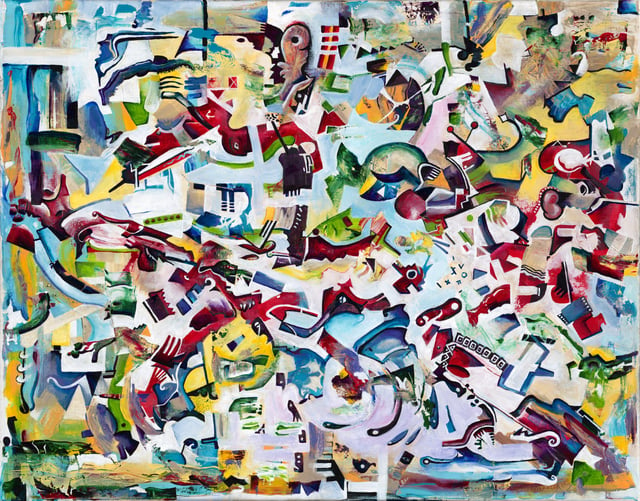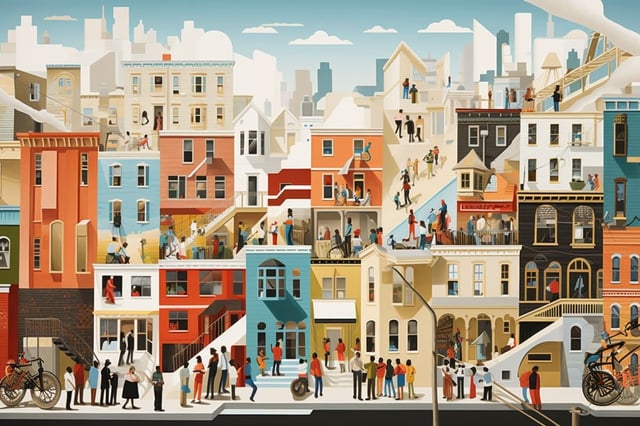Overview
- A new study correlates urban demographics with levels of unconscious racial bias among residents, using data from the Implicit Association Test (IAT).
- Cities that are less segregated and more diverse tend to have lower levels of implicit racial bias.
- The research suggests that urban planning and community engagement could be key in reducing prejudice.
- Structural changes in how cities are organized could help diminish unconscious racial biases.
- The findings highlight the impact of city living on social attitudes and systemic racism.


